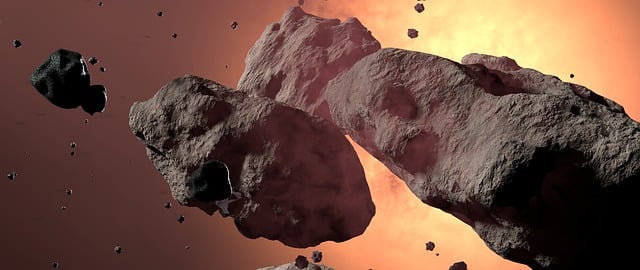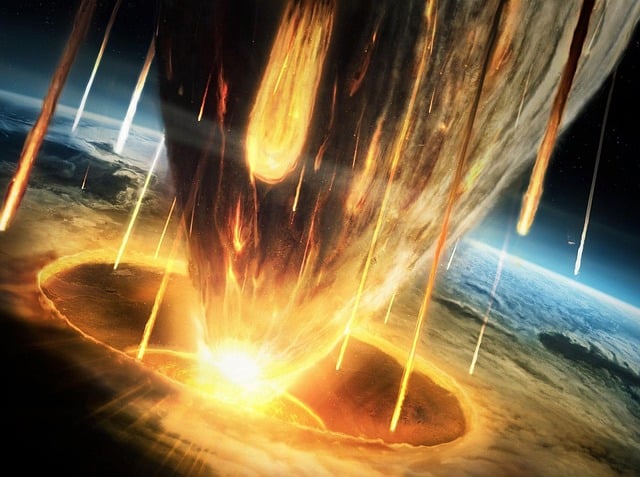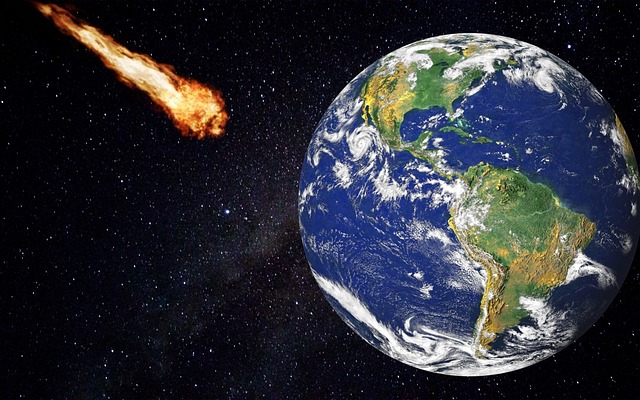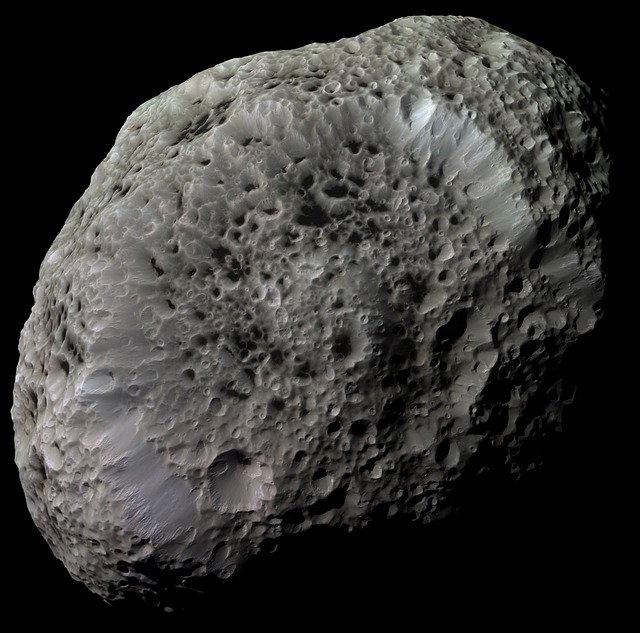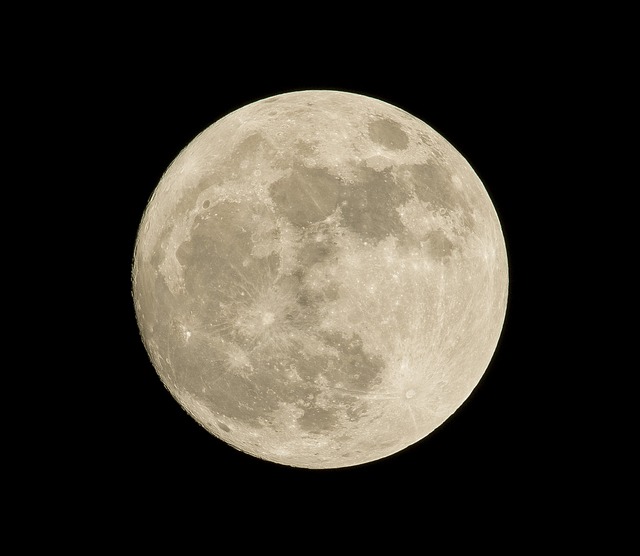A newly identified asteroid, 2024 YR4, once posed a minor risk of colliding with Earth in 2032, but NASA has now all but ruled this out. While the odds of a direct Earth impact have dropped to just 0.004%, scientists have doubled the probability of the asteroid striking the Moon — rising from 1.7% to 3.8%. According to NASA’s Jet Propulsion Laboratory, this revised assessment is based on fresh data from the James Webb Space Telescope and supporting ground-based observations. Although there remains a 96.2% chance the asteroid will bypass the Moon, experts are closely monitoring its trajectory.
++ Robot horse? Kawasaki’s hydrogen beast tackles any terrain
Measuring between 174 and 220 feet (roughly the height of a 10-storey building), the asteroid would have caused destruction on the scale of a nuclear blast had it struck Earth — earning it the nickname “city killer.” On the Moon, however, such an impact would primarily result in a new crater, adding to the thousands already present on its surface. Crucially, NASA assures the public that a strike would not alter the Moon’s orbit. However, science writer David Whitehouse warned that debris ejected from such an impact could pose long-term risks for satellites and future lunar missions, as some of the material could be flung into Earth’s orbit.
While the potential hazards are clear, some scientists are hopeful for a Moon impact. Richard Moissl, head of the European Space Agency’s Planetary Defence Office, noted that it could offer a rare opportunity to study the consequences of a sizeable collision. Information gathered from such an event could prove “valuable for planetary defence purposes,” helping to refine future efforts to divert asteroids that might pose a threat to Earth. Astronomers aim to gather more precise data when 2024 YR4 returns within view after May.
++ US and Iran set for high-stakes nuclear talks amid rising tensions
If the asteroid had remained on course for Earth with a higher probability of impact, multiple planetary defence strategies would have been considered. Options range from nuclear detonation to nudge the asteroid’s path, to using lasers to evaporate its surface. However, the most viable solution would likely have been an ‘impactor’ spacecraft — a method tested successfully in NASA’s DART mission in 2022, which altered the orbit of asteroid Dimorphos. The European Space Agency plans to follow up with its Hera mission in 2026, aiming to gather in-depth data and further advance Earth’s defence against spaceborne threats.
